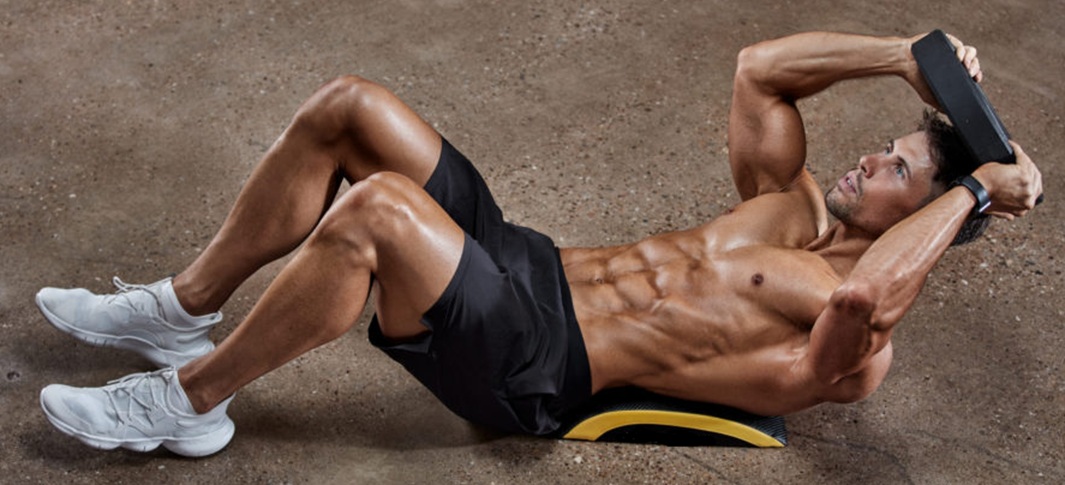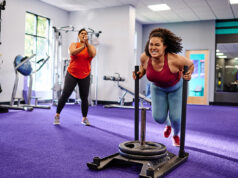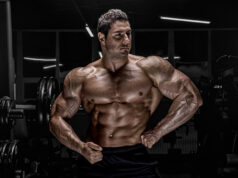Is It Possible to Get Six-Pack Abs? How Long Does It Take?
A six-pack is one of the most sought-after physical attributes in bodybuilding and fitness. It symbolizes discipline, strength, and low body fat levels.
But how realistic is it to develop a visible six-pack, and how long does it take? Let’s break down the process, the timeline, and the best exercises for building rock-solid abs.
Can Anyone Get Six-Pack Abs?
The simple answer is yes—anyone can develop a six-pack. The abdominal muscles (rectus abdominis) exist in everyone; they just need to be revealed.
The main obstacle isn’t whether you have these muscles but whether they’re visible. That depends largely on body fat percentage and muscle development.
For men, a body fat percentage of around 10-12% is typically required to reveal defined abs, while women usually need to be around 16-20%.
Genetics also play a role, influencing fat distribution and muscle shape, but they don’t prevent anyone from achieving a six-pack with the right strategy.
How Long Does It Take to Get Six-Pack Abs?
The time it takes to get abs depends on where you’re starting. If you already have a low body fat percentage, you might see your abs emerge within a few weeks of focused training. However, if you have a higher body fat percentage, it could take months or even a year to get lean enough to see a six-pack.
To estimate the timeline, consider this: A healthy fat loss rate is about 1-2 pounds per week. If you need to lose 20 pounds to reach the necessary body fat percentage, expect the process to take at least 10-20 weeks. This timeline assumes a consistent approach to diet, training, and overall lifestyle.

Key Factors in Developing Six-Pack Abs
Nutrition: Abs are made in the kitchen. A clean, high-protein diet with a caloric deficit is essential for fat loss. Prioritize lean proteins, healthy fats, and complex carbohydrates while avoiding excessive sugar and processed foods.
Strength Training: Compound exercises like squats, deadlifts, and overhead presses engage the core muscles and promote overall fat loss. A dedicated ab workout routine will help sculpt the muscles, but overall muscle-building is key to increasing metabolism and shedding fat.
Cardiovascular Exercise: High-intensity interval training (HIIT) and steady-state cardio both aid in fat loss. HIIT is particularly effective for maintaining muscle while burning fat quickly.
Consistency and Patience: Many people give up too soon because results take time. Staying consistent with diet and training for months—not just weeks—is crucial.
Should I Workout My Abs If I Have Belly Fat?
Yes, training your abs while carrying excess belly fat is still beneficial. While ab exercises alone won’t burn belly fat directly, they will strengthen your core and improve posture, making your midsection appear tighter.
Combined with proper diet and overall fat loss, ab training will help define your six-pack once the fat is reduced.
Is It Hard for a Female to Get Abs?
It is generally more challenging for women to achieve visible abs compared to men due to differences in body composition and fat distribution. Women naturally carry more essential fat, particularly around the hips and lower abdomen.
However, with disciplined nutrition, resistance training, and cardio, women can still develop and reveal a six-pack. The process may take longer, but it is absolutely achievable.
Do Abs Need Rest Days?
Yes, like any other muscle group, abs need rest days to recover and grow. Training your abs every day can lead to overuse injuries and hinder muscle development.
Ideally, work your abs 3-4 times per week, allowing at least a day of rest between intense sessions. Incorporating different types of core exercises and varying intensity will also help prevent plateaus.
Best Ab Exercises for Bodybuilding
A strong core isn’t just about aesthetics; it also improves performance in other lifts. The best exercises for building your abs involve a mix of weighted and bodyweight movements.
Hanging Leg Raises – One of the most effective lower ab exercises, this movement builds strength and definition. Aim for slow, controlled movements and avoid swinging.
Cable Crunches – Adding resistance to your ab work helps create deeper muscle definition. Use a cable machine, hold a rope attachment behind your neck, and crunch forward, engaging your core.
Ab Rollouts – This advanced exercise works the entire core and improves stability. Use an ab wheel or a barbell to roll forward, maintaining control.
Russian Twists – A great exercise for obliques, which contribute to the overall look of a well-defined midsection. Use a medicine ball or weight plate for added resistance.
Planks and Variations – Planks, side planks, and weighted planks are excellent for building endurance and core stability.
Crunches vs. Sit-Ups: Which Is Better?
Both crunches and sit-ups are classic ab exercises, but they work differently and have different benefits.
Crunches:
- Focus primarily on the upper abs.
- Reduce strain on the lower back.
- More effective for direct ab muscle engagement.
Sit-Ups:
- Engage the hip flexors along with the abs.
- Work a larger range of motion but may place strain on the lower back.
- Less isolated for pure ab development.
For most bodybuilders and fitness enthusiasts, crunches are a better choice for targeted ab development, while sit-ups can still be useful in a broader core workout.
Final Thoughts
Getting six-pack abs requires more than just doing endless crunches. Fat loss through proper nutrition, full-body strength training, and effective ab workouts are all necessary components.
While the timeline varies, with patience and consistency, anyone can achieve defined abs. The key is to stay committed and understand that building a six-pack is a long-term effort, not a quick fix.







